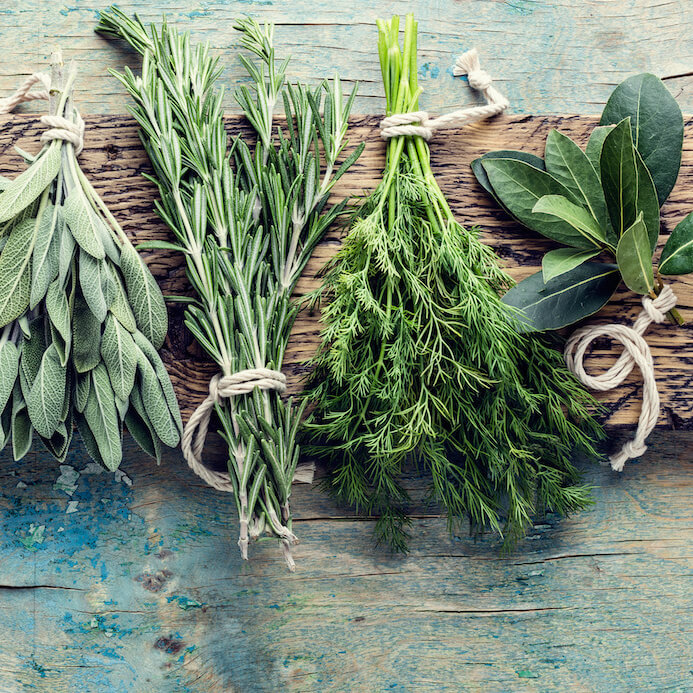Organic Insider
Better Choices
Another Reason to Eat Organic — Child Labor and Sustainability Issues with Many Conventional Chocolate Brands
For many of us when we eat a piece of chocolate, our biggest concern is how many grams of sugar we are consuming.
Yet, how often do we ask ourselves — was this chocolate bar made with the help of child labor? Or, was the cocoa produced in a way that resulted in deforestation to the environment?
The truth about cocoa – the main ingredient in chocolate – is quite grim.
According to the US Department of Labor, more than 2 million children in Ghana and the Ivory Coast work in hazardous conditions growing cocoa. And while some companies have begun tracing their supply chains to prevent child labor, the vast majority of the 3 million tons of cocoa produced each year come from small farms in West Africa, where farmers and their children live on less than $1 per day.
Additionally, in the Ivory Coast and Ghana, 90% of their forests have been lost, and much of that deforestation was caused by the largest cocoa companies.
To help consumers understand which chocolate companies are sourcing in an ethical, environmentally-responsible way and which ones are not, Green America has unveiled its latest version of its Chocolate Scorecard.
Not surprisingly, the organic brands came out on top (almost all of them received A scores) while the largest conventional brands received C, D and F grades on the Chocolate Scorecard.
What is important to note is that aside from the USDA organic seal, there are many other certifications widely used in chocolate, such as Fairtrade, Fair Trade Certified and Rainforest Alliance.
According to Green America, however, certification programs alone are not enough to solve the underlying issues that contribute to child labor in cocoa, including farmer poverty and a lack of infrastructure. As such, the scorecard looks beyond commitments about certified chocolate to identify programs that support farmers and address child labor when it is found.
Furthermore, chocolate bars that are not certified organic may use toxic pesticides or fungicides, which not only harm the health of consumers but that of farmers as well.
So, the next time you buy a chocolate bar, remember that you aren’t just giving yourself an indulgence.
You are making a statement about what kind of company you want to financially support.
ORGANIC BRANDS THAT RECEIVED VERY HIGH SCORES ON THE CHOCOLATE SCORECARD
